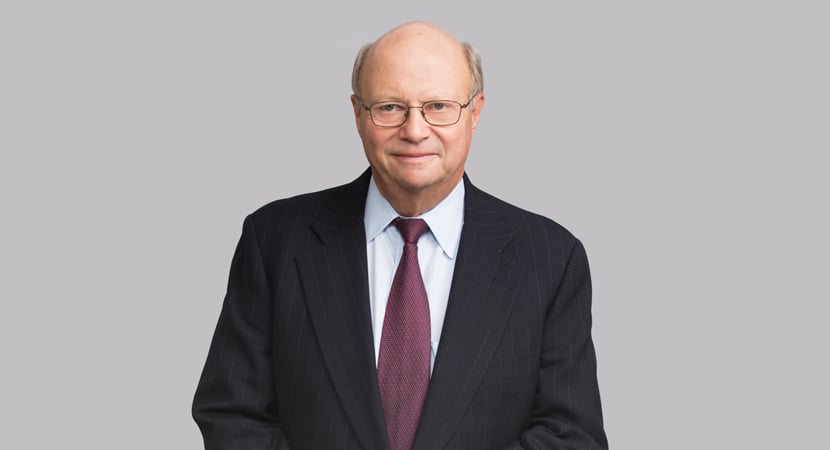In copyright infringement action arising from alleged unauthorized sampling of plaintiff’s sound recording, district court granted defendant’s motion for summary judgment due to plaintiff’s failure to cite any evidence showing actual copying or sampling of his sound recording.
When plaintiff Eddie Lee Richardson, who goes professionally by the name Hotwire the Producer, was a teenager, he created a largely instrumental sound recording titled “*Hood* Pushin’ Weight” (HPW). According to Richardson, HPW was a “unique fixation of a series of sounds consisting of a snare, 808, high hat, rim shot, cymbal, low brass, piano bells, tubular bells, kick drum, strings, soft leads, hard leads, and orchestra hits.” About six months after Richardson published HPW online, defendant Karim Kharbouch, a hip-hop artist professionally known as French Montana, released the hit single “Ain’t Worried About Nothin” (AWAN). When Richardson heard AWAN, he believed it sounded suspiciously similar to HPW. Richardson reached out to Kharbouch and demanded he be credited for AWAN but was rebuffed. As a result, Richardson registered HPW with the U.S. Copyright Office as a sound recording and then filed suit for copyright infringement.
Following discovery, during which Richardson failed to depose Kharbouch or any other witness—including any of the alleged producers of AWAN—the parties cross-moved for summary judgment. Richardson cross-moved on both of his claims, while Kharbouch moved for partial summary judgment on various discrete issues. In the course of resolving those cross-motions, the court noted a potentially dispositive issue that the parties had ignored—whether Richardson had a claim for infringement given the fact that he possessed a copyright for only a sound recording as opposed to a musical composition. Given the parties’ failure to address the crucial limitations surrounding sound recordings, the court granted Kharbouch leave to file, and Kharbouch did, filing a second motion for summary judgment on the issue of whether he could be held liable for copyright infringement of the sound recording of HPW.
Following briefing of the second summary judgment motion, the court found in favor of Kharbouch. At the core of the court’s ruling was the evidentiary burden required to show unauthorized duplication of a sound recording. As the court explained, while a copyright in a musical composition grants rights in the underlying music and lyrics, a copyright in a sound recording only grants rights in the actual physical recording of a particular performance of a musical work. Moreover, whereas the Copyright Act grants owners of copyrights in musical compositions relatively broad rights—and owners need only prove substantial similarity between their work and the allegedly infringing work in order to show infringement—the owner of a copyright in a sound recording has far more limited rights. And as a consequence of those more limited rights, it is not enough for a plaintiff alleging unauthorized duplication of a sound recording to show that the allegedly infringing work sounds like, or imitates, the plaintiff’s work; instead, the “plaintiff must point to evidence supporting the reasonable inference that the actual sounds affixed in the copyrighted recording were physically duplicated.”
With that evidentiary burden in mind, the court found that Richardson had failed to cite any evidence that Kharbouch had either duplicated or sampled any portion of the sound recording of HPW in the making of AWAN. Indeed, the court noted that Richardson failed to depose either Kharbouch or any of the producers of AWAN, and therefore there was zero evidence on the record as to how AWAN was created. The court explained that if Richardson had found evidence that Kharbouch or AWAN’s producers had sampled or duplicated the digital recording of HPW, there could still be a claim for infringement. But it was also possible that the AWAN producers “listened to a recording of HPW …, and then independently created a track simulating or imitating the same sounds and melodies.” And that latter situation would not constitute infringement.
Richardson’s only argument in opposition to summary judgment was “that a jury could find that unlawful sampling … occurred here, because (1) sampling is common in the industry, and (2) HPW and AWAN sound alike.” The former argument failed because Richardson “cite[d] to no admissible evidence regarding the nature or extent of the practice in the industry at large,” while the latter argument failed because, since Richardson’s copyright was in a sound recording and not a musical composition, “evidence that sounds in AWAN and HPW sound alike, on its own, is not enough.”
In short, because Richardson’s copyright was in a sound recording and not in a musical composition, the court “conclude[d] that the mere similarity in the sounds or melodies between HPW and AWAN is not sufficient to create the reasonable inference that AWAN actually duplicates or samples the recording of HPW.” And since Richardson could point to no evidence of actual copying of his sound recording, the court had no choice but to find that Kharbouch was entitled to judgment as a matter of law on Richardson’s claims of copyright infringement.
Summary prepared by David Grossman and Edward Delman
-
 Co-Chair, Litigation
Co-Chair, Litigation -
 Associate
Associate
)







